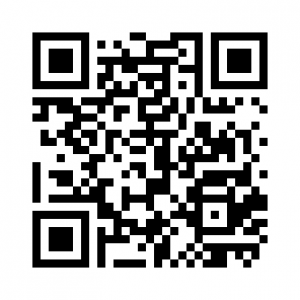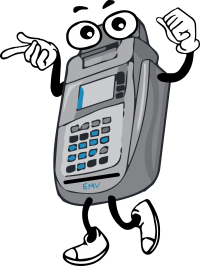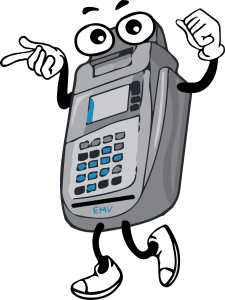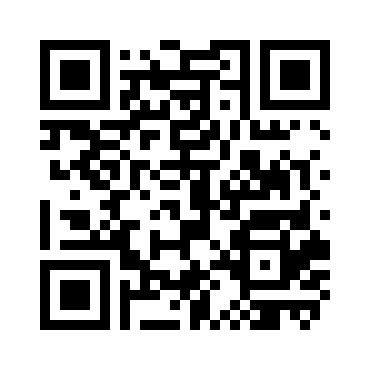REVONU POS and Holy Cross Monastery: a Match Made in Heaven!

Brother Will working in the shop with REVONU POS
While COCARD’s REVONU POS is already well known for powering payments at restaurants, salons, and retail establishments, it also helps Holy Cross Monastery manage their gift shop inventory, payments and book sales.
Read what Holy Cross Monastery’s Brother Scott has to say about REVONU POS and COCARD.
COCARD: First, what is your primary use for REVONU POS?
Brother Scott: Our system is in the gift shop where we sell a mixture of books, religious gifts, candy bars and snacks.
COCARD: What made your monastery choose REVONU POS for your payment processing?
Brother Scott: We have been working with COCARD for a while, primarily because the previous POS system we were using had recommended COCARD as a merchant services provider. Also, when EMV came about we were looking at how to accommodate that. We had the option to stay with a previous system or change to what COCARD was recommending. COCARD’s support had always been quite good so we felt confident in going with their recommendation, which was REVONU POS.
COCARD: How has REVONU POS improved the operation of your business?
Brother Scott: The previous software we used had been minimally updated since the 90’s. So, now that we have been able to use the newer technology, particularly the cloud based software to access the back office from anywhere, our store has been running a lot smoother.
COCARD: So you would say that REVONU POS has made your business run easier and more efficiently?
Brother Scott: Yes! Especially because COCARD’s customer service has been so reliable and has made converting to REVONU POS a smooth process.
COCARD: What is your favorite aspect of REVONU POS?
Brother Scott: Again, the newer technology and back office cloud integration is great! Also the staff in the store really like the ease of the touch- screen functions on the terminal.
If you think that your business could benefit from adopting a REVONU point of sale terminal, like Holy Cross Monastery does, call COCARD today at 1(800)317- 1819!
Read MoreRead MoreRetail POS, What Do I Need?

Last week I spent a lot of time talking to business owners, one location I was visiting I had the owner tell me the most important feature was the PRICE of a system to them.
I disagree!
I have spent twenty years as a FEATURE guy, focusing on what a business needs and how the features of different solutions are crucial to a successful point of sale solution implementation.
After talking to the owner about everything from price embedded bar-codes, to weight scales, to EBT it turned out that price for sure was not the most important feature. A simple solution would not have come close to helping this business.
Can I help you find the solution for your store that will serve your business?
What features do you need?
Read MoreRead MoreREVONU POS for Windows, that’s right Windows!
Manage your restaurant, retail and salon business with REVONU POS!
Read MoreRead MoreWhat You Need to Know About Mobile Payments
Like any new technology, mobile payments might seem a bit complicated. Don’t worry, we’re covering what you need to know about the latest mobile payment technologies— without all the technical jargon.
How do mobile payments work?
Apple Pay and Android Pay
Apple and Android Pay rely on NFC technology. NFC stands for “Near Field Communication,” as in the phone and terminal must be near each other to work. Both the phone and the terminal must have NFC chips.
Samsung Pay
Samsung Pay is different than Apple and Android pay because it involves MST technology. MST stands for “Magnetic Secure Transmission” and interacts with a terminal just like the magnetic strip on your card.
Both of these technologies allow your phone to internally store your payment info and to communicate with a terminal in order to authorize the transaction.
Are mobile payment technologies safe?
Yes. In general, today’s mobile payments are secure. Your card information is encrypted in your phone to combat fraudsters. Essentially, your phone holds a virtual card—a decoy that you use to make payments. Unlike a physical card, your financial information (i.e. your name and card number) is not directly used.
Here’s a few tips to make your mobile wallet even more secure:
- Make sure you have a passcode on your phone. If your phone gets lost or stolen, it will be more difficult for someone to use your phone to make payments with your card.
- Set your phone up to be able to be turned off from anywhere in the event your phone has been lost or stolen.
- Monitor your card statements for any fraudulent charges. If you see anything suspicious, call your bank.
Apple and Samsung Pay also utilize fingerprint verification (biometrics) in order to access your chosen payment.
Comparing Mobile Payment Apps
- Apple Pay
- Introduced 2014
- One of the first mobile payment options to utilize NFC technology in phones
- Works with iPhone models 6 and newer
- Works with wearables (Apple Watch)
- Accepts most Visa, MasterCard and most large organizations
- Larger banks (like Bank of America) support Apple Pay, but support varies across smaller regional banks
- Android Pay
- Phone must be supported by NFC, which is available in newer Android models
- Utilizes a downloadable app
- Works on any compatible smartphone
- Currently supported by fewer banks than Apple Pay
Apple and Android Pay are not yet widely accepted in stores due to the fact that this technology is relatively unknown to consumers.
- Samsung Pay:
- Works with newest Samsung phones like the Galaxy S7
- Uses MST technology to mimic the magnetic strip on a card
- Works by hovering your phone over any terminal
- Use is not restricted to NFC enabled terminals
- Does not work (due to weak signal strength) if your card has to be inserted into the terminal, like at a gas station
Have more questions about mobile payments, or wireless terminals, our customer services representatives will be happy to help- just call us at 1(800)317- 1819!
Read MoreRead More
4 Unexpected Uses for QR Codes

A few short years ago, QR (Quick Response) codes seemed poised to reach smartphone levels of popularity. Advertisers, merchants and consumers had various reasons to be excited about this technology’s potential. In perfect application, QR drives traffic to websites, collects or processes simple, quick in-store or online payments or provides product info in a flash.
Despite its potential, QR has mostly faded from commercial limelight—codes are often present, but not visible.
Issues with QR codes as a tool for commerce are obvious. It’s clunky; users must download an app to scan the code, manually scan the code and then wait for whatever is linked to the code to display. Considering the information a QR code will provide is not always—or even often—given, it makes sense that consumers would skip scanning altogether.
QR shouldn’t be written off just yet, but repurposed. Here’s a look at some recent QR projects breathing new life into this tech:
Virtual Reality.
Google Cardboard, aka the working-man’s Oculus Rift, doesn’t just save babies’ lives (seriously!) Once you scan the QR code on the side of the viewer, insert your phone for an immersive, HD experience of locations from Stonehenge and the Palace of Versailles, to the Moon! Developers and virtual reality enthusiasts are constantly updating the app with new locations and experiences.
In this application, the QR code allows you to quickly sync the phone and the app.
In Memoriam
QR is reaching wider audiences as an educational tool. Graveyards, historical sites and museums are just some examples of organizations using QR code technology. Integrating QR codes with headstones provides a unique way to preserve biographical information for future generations. QR codes have been added to some museums, giving patrons more background on an exhibit. Other uses include providing audio tours and translation options.
Lost Pets
Losing a pet can be devastating and phone pole photos only reach a limited radius. QR codes are being used to simplify finding a lost pet. Q-Tag is a GPS-based QR code system where each pet has a customized profile. If they’re lost, a person who finds them can scan their code with their phone to pull up the owner’s contact details.
Saving Lives
In the medical field, every second matters. QR is being used to convey a patient’s important medical history to paramedics, even if they are unconscious. My QR Life Codes creates a personalized QR code applied bracelets or cards.
Up Next: In our ever-evolving technology landscape new ways to interact with our world are constantly emerging. QR codes are being applied in novel ways and NFC (Near Field Communication), aka Apple Pay, Google Wallet, Samsung Pay and Android Pay, is the latest development in payment processing. NFC excels where QR failed: it is truly instant and convenient. Widespread consumer adoption is making slow—but steady!—progress. Most new phones come pre-installed with NFC capabilities and the EMV Compliance Mandate means an increase in EMV cards, likely encouraging the upward trend.
Visit our education center to learn more about EMV and the future of payment processing
Read MoreRead More





